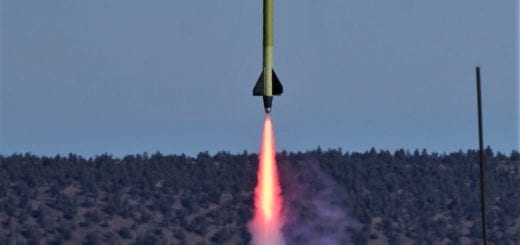Seaweed

Seaweeds
Documenting your stuff is useful and sometimes quite important, and a seaweed collection certainly comes under the category of stuff. The Oregon Institute of Marine Biology sits in the Coos Bay region of the state. It has existed as formal research center since the late 1920s. Institutes likes these are important for documenting the ecology and physical nature of the environments around them. Almost all will have specimen collections of the local flora and fauna and trends in populations can sometimes be tracked with these collections. In a recent study on population changes, a set of researchers were able to look at parasites found within collected and preserved specimens. Based the sampling analysis those researchers were able to provide population trends of several parasites over the course of more than a hundred years.
However, this story is not about parasites but about seaweed. Seaweed is having its day as a potential food source for an ever-growing human population. So, it might be nice to understand how seaweed observations have changed over time. Again, this requires data, and in some cases those data come from herbarium collections. Herbariums are literally libraries of pressed plant specimens arranged alphabetically by plant family and scientific name. Such a collection existed at OIMB. However, stuffed into file cabinets, in layers hard to manage, the collection was by no means user friendly. A colleague there suggested that the collection could be made more accessible if it were to be moved and divided into many more folders with few specimens per folder. This would make finding the right items much easier and would in turn limit the wear and tear, which is substantial, on the specimens. Additionally, “type-specimens”, the specimen from which a species is initially described as a new species existed in the OIMB collection. These are most valuable specimens of all.
This is where I came in. My colleague DM suggested, maybe with help from NT a local phycologist (otherwise known as a seaweed scientist) that we digitize the collection. DM and I sat down to estimate how many pressed sheets were in the collection and wrote a small grant proposal to photograph the collection, and put it online so researchers around the world could see the specimens and the just-as-important collection data. It was received as a very good project from the university and with almost $5,000 in hand we set off to divvy the collection into smaller subsections, placed the smaller stacks into new boxes housed them in a new room on new shelves. I in turn to took the specimens and had them photographed as high resolution .tiff images by RS and his talented documentary photography team. Each 70-400 megapixel .tif image also included a color pallet bar and size indicator. I then hired two very interested marine biology students to enter the label data from the specimen sheets into a database. This was the hardest job of all. Trying to interpret place names from cursive writing of sheets faded from time from a 120-plus-year-old study is not easy. Yet, a year later we had photographs of 2271 specimens and good label data from 2028 of them all entered into our database. Of these, there were 2013 sheets where I could attach latitude and longitude point locations. Soon, anyone from around the world that has interest in what was seen on the Oregon coast in the early 1900s to today, can now do that.

Point locations of 2000 plus seaweed vouchers from the Oregon Institute of Marine Biology Herbarium collection


